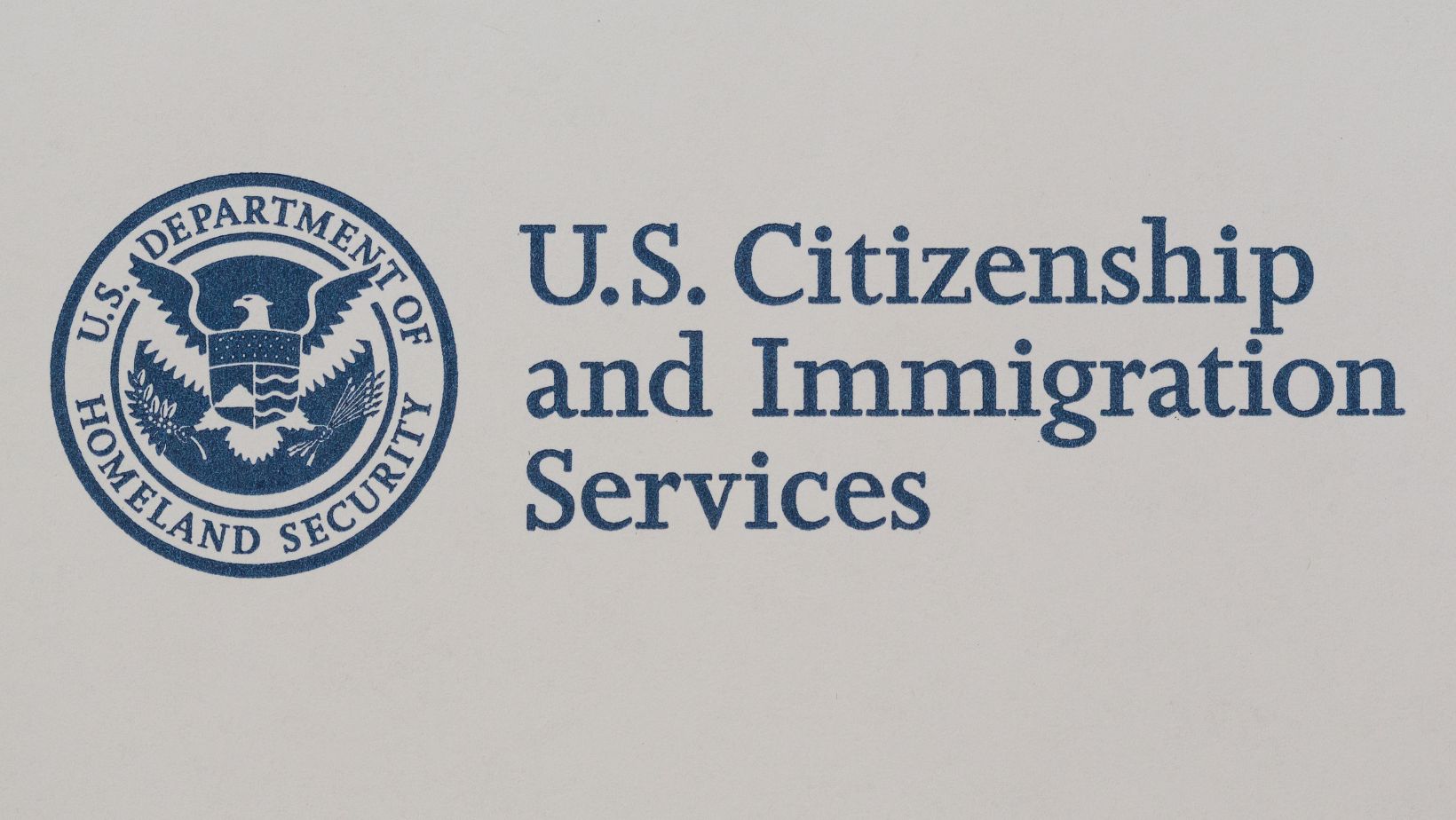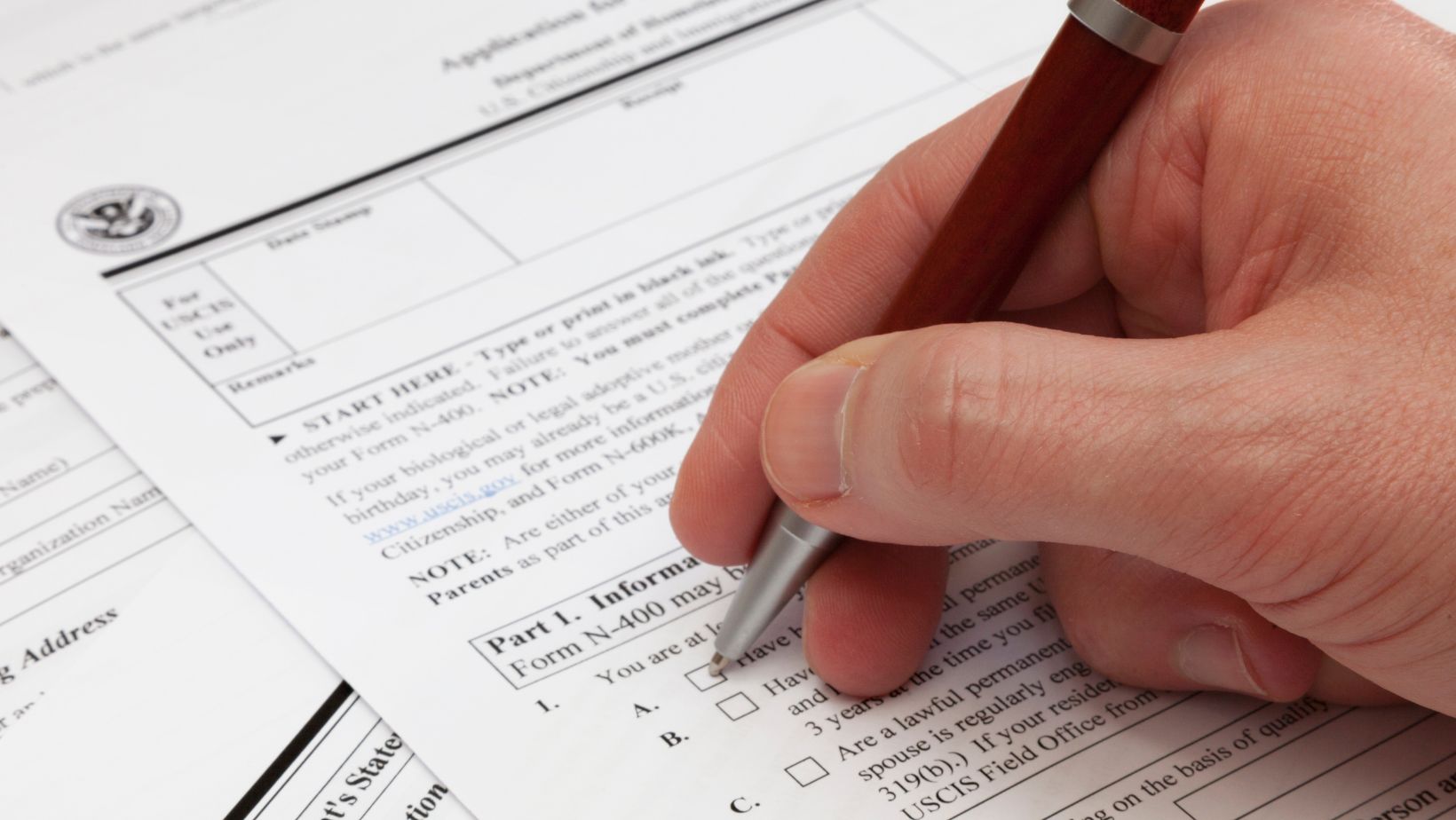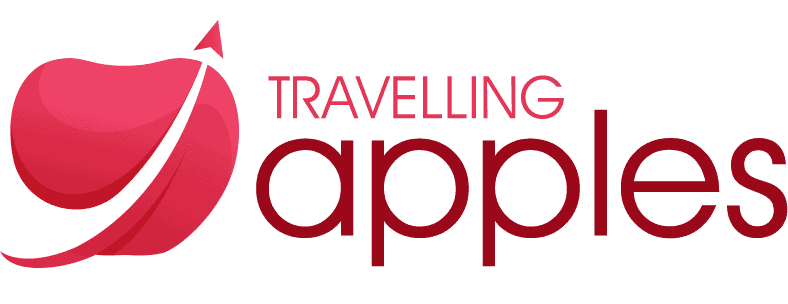
Many foreign workers see the United States as a place full of opportunities that are difficult to find in other countries. Whether you are just starting your career or looking for new horizons, the U.S. is known for offering diverse job opportunities for both skilled and unskilled workers.
There are some immigration options available for entry-level workers. One key immigration pathway for these workers is the EB-3 visa which allows foreign nationals to live and work in the U.S.
Why EB-3 Stands Out for Entry-Level Workers:
- Only real permanent option for entry-level jobs.
- Allows eventual path to citizenship.
The EB-3 visa provides a solid foundation for long-term employment and a potential route to U.S. permanent residency.
This post will discuss the EB-3 visa and how to apply for it. It will also explore how this visa can help entry-level workers jumpstart their careers in the U.S.
What is the EB-3 Visa?
The EB-3 visa is an employment-based immigration option that allows foreign workers to live and work in the United States.
The EB-3 visa is made for skilled, unskilled and professional workers. It offers a strong path for those looking for stable jobs and long-term career growth in the United States.
The EB-3 visa offers a path to permanent residency which makes it a valuable choice for those who want to build a future in the United States.
Common Industries Offering EB-3 Visa Jobs
The EB-3 visa is particularly beneficial for workers in industries with high demand for entry-level labor. Key sectors that regularly sponsor EB-3 visas for foreign workers include:
- Food Services (e.g., restaurant crew members, cooks, supervisors)
- Healthcare (e.g., nurse assistants, caregivers, housekeepers)
- Construction (e.g., laborers, delivery helpers, precast concrete installers)
- Manufacturing (e.g., factory workers, machine operators)
Employers in these industries often struggle to fill positions locally and are more likely to sponsor foreign workers for EB-3 visas.
What Are Some Entry-Level Roles Available Through the EB-3 Visa?
Many positions in the U.S. offer EB-3 visa sponsorship even for workers with minimal experience. Some common roles include:
- Restaurant Crew Members (e.g., working at McDonald’s, Dairy Queen)
- Cooks (e.g., food preparation in restaurants, hotels, and catering services)
- Truck Drivers (e.g., long-haul freight drivers)
- Cleaners and Housekeepers (e.g., residential, commercial, and hotel cleaning)
- Construction Laborers (e.g., for unloading materials and assisting with building tasks)
These roles provide stable work and can offer long-term career paths for those willing to put in the effort. Most entry-level positions only require a high school diploma and some on-the-job training.
Why Choose the EB-3 Visa for Entry-Level Work in the U.S.?
Here are some reasons to choose the EB-3 Visa for Entry-Level work in the U.S.
Access to a Wide Range of Jobs
One of the greatest advantages of the EB-3 visa is the variety of jobs available to foreign workers. These positions often require little to no prior experience because many jobs eligible for EB-3 sponsorship are entry-level.

The EB-3 visa allows you to access a broader range of career opportunities that may not be available in your home country.
Additionally, this visa allows you to explore different industries, gain U.S. work experience and potentially move up the career ladder.
Career Growth and Job Stability
The EB-3 visa offers more than just a job. It offers a chance for career advancement. Many entry-level positions can lead to promotions, salary increases and additional job responsibilities.
Gaining experience and showing your value to your employer can lead to better paying jobs and stronger career stability.
Employers value experience, hard work and dedication in the U.S. and EB-3 visa holders who demonstrate these qualities are well-positioned for long-term success.
Pathway to the U.S. Permanent Residency
One key benefit of the EB-3 visa is its potential for long-term residency. EB-3 visa holders can apply for permanent residency (Green Card) after working in the U.S. for some time.
The path to permanent residency is not immediate but offers a clear and achievable route for workers who wish to settle in the U.S. for the long haul.
The EB-3 Visa Application Overview
Visa Application: Step-by-Step Process
Applying for an EB-3 visa involves the following steps:
Step 1: Find an EB-3 Sponsoring Employer
Begin by searching for a job in the U.S. that qualifies under the EB-3 category (unskilled or skilled). The employer must be willing to sponsor your green card application.
Step 2: Secure a Formal Job Offer
Once you’ve identified a suitable position, you must receive an official job offer from the U.S. employer. This offer is the foundation of your EB-3 application.
Step 3: Employer Files a PERM Labor Certification
The employer initiates the process by filing a PERM Labor Certification with the U.S. Department of Labor. This step proves:
- There are no qualified U.S. workers for the role.
- Hiring you won’t negatively impact the wages or conditions of U.S. workers.
Step 4: Submit the I-140 Immigrant Petition
After PERM approval, the employer files Form I-140 (Immigrant Petition for Alien Worker) with USCIS. This petition confirms:
- The job is legitimate.
- You meet the job qualifications.
Step 5: Wait for the Priority Date to Become the Current
Your place in line is determined by a priority date (the date the PERM was filed). You must wait for your priority date to become current based on the Visa Bulletin.
Step 6: Apply for a Green Card (I-485 or Consular Processing)
Once your priority date is current:
- If you are in the U.S., file Form I-485 for Adjustment of Status.
- If you are outside the U.S., complete Consular Processing through the U.S. embassy in your home country.
Step 7: Attend the Interview and Await Approval

If you are required to attend a USCIS or consular interview, you will receive your Green Card after approval and gain the right to live and work in the United States permanently.
Required Documents and Fees
The application process for an EB-3 visa requires various documents including proof of your qualifications, a valid job offer, educational certificates and identification documents.
Applicants must also cover government filing fees and legal costs associated with the process. These fees vary depending on the nature of your application and the immigration attorney’s services.
Processing Time for EB-3 Visa Applications
The typical processing time for an EB-3 visa application is approximately 36 months or longer. Applicants must be prepared for a lengthy wait as the immigration process progresses.
It’s important to stay informed about the status of your application and be patient as it progresses through USCIS and consular processing.
Conclusion
The EB-3 visa is a powerful tool for entry-level workers seeking opportunities in the U.S. It offers a clear pathway to career growth, job stability and long-term residency.
When you understand the application process and know what to expect, you can make the most of the EB-3 visa and build a successful future in the United States.
Your Gateway to the U.S. Through the EB-3 Visa Program
Looking to build a better future in the United States through real, full-time employment? eb3.work specializes in helping entry-level and skilled workers connect with trusted U.S. employers who offer EB-3 visa sponsorship.
Their team helps with job matching PERM certification immigration filings and interview preparation so you can move through each step without doing it alone. Thousands have already taken the first step toward a life-changing opportunity. Now it’s your turn.
Get started today – Apply now and let them help you work your way to permanent residency!
